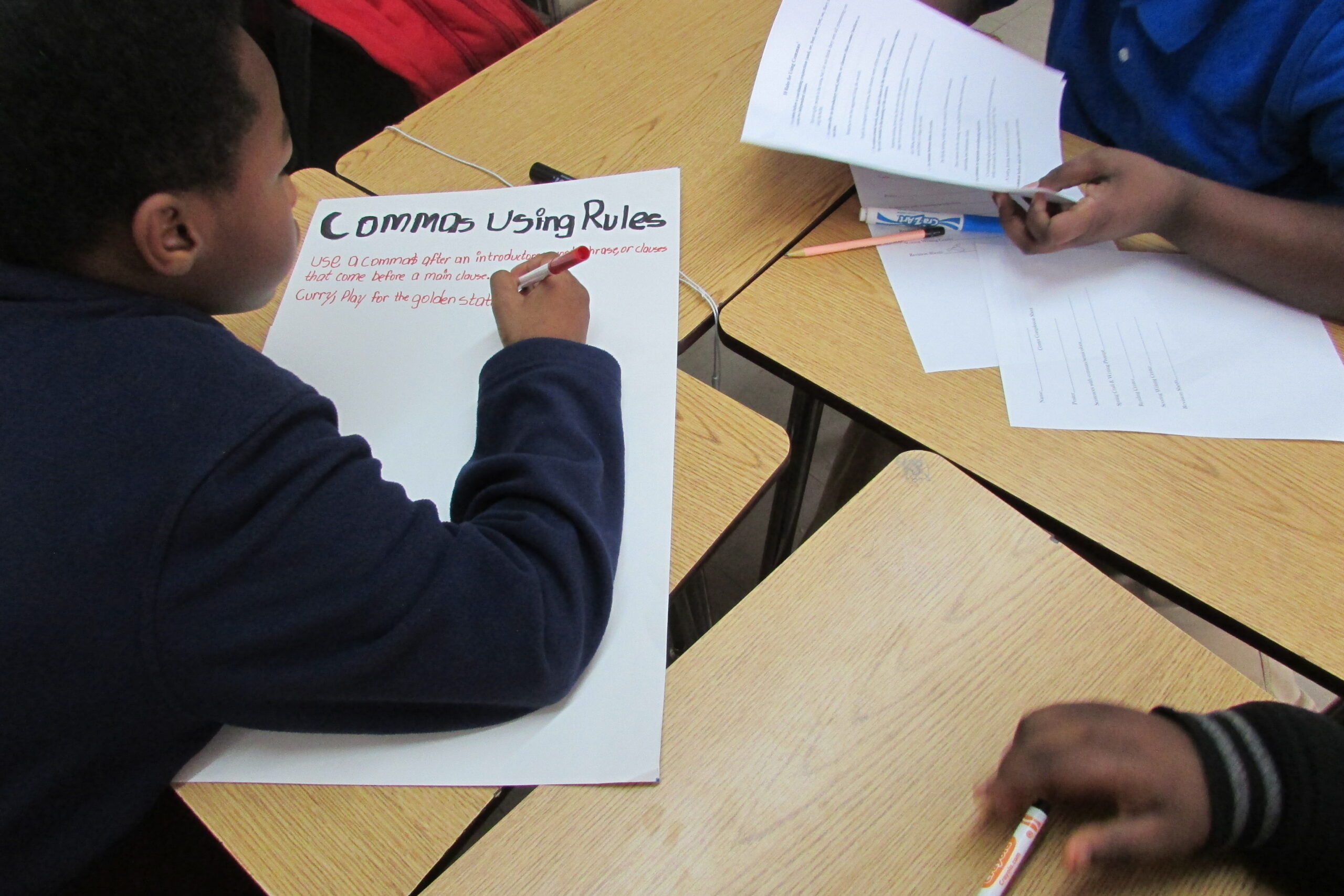Fostering a Supportive Learning Environment
Creating a warm and loving classroom community is pivotal for fostering a positive learning environment. A classroom that radiates warmth and love becomes a haven for students, enabling them to thrive academically, socially, and emotionally. The following are practical strategies and principles that educators can employ to cultivate such a loving classroom community, ultimately enhancing students’ overall learning experience.
Build Strong Relationships
Creating a warm classroom community begins with forming strong relationships. Take the time to get to know your students as individuals. I like to do this starting the first of school by using an interest inventory. This allows me to find out things about my students in a non-threatening way. (Be sure to check out some of my interest inventories in my Teachers Pay Teachers store!)

https://www.teacherspayteachers.com/Product/Interest-Inventory-Questionnaires-4610719
Learn about their interests, hobbies, and experiences outside of school. Make a conscious effort to remember their names and unique qualities, as this demonstrates your genuine interest in them. Greeting students with a smile and a friendly tone sets a positive tone for the day.
Foster Open Communication
Effective communication is key to building a loving classroom community. Encourage students to express their thoughts, feelings, and opinions. Create a safe space where they feel comfortable sharing their ideas without fear of judgment. Regular class discussions, one-on-one conversations, and open-door policies for after-class queries contribute to a nurturing environment where students feel heard and understood.
Embrace Diversity and Inclusion
A loving classroom community celebrates diversity and promotes inclusivity. Acknowledge and value each student’s background, culture, and experiences. Incorporate diverse perspectives into your teaching materials and encourage your students to share their cultural traditions. When students feel that their identities are respected and appreciated, they are more likely to actively engage in the learning process.
Practice Empathy and Compassion
Modeling empathy and compassion teaches students valuable life skills. Show understanding towards their struggles and challenges, both academic and personal. When students see you treating others with empathy, they are more likely to emulate this behavior within the classroom community and beyond.
And, trust me. They will emulate your behavior good or bad🙄. If they sense that you don’t like one of your coworkers, they will quickly pick up on it, and they will use it to their advantage. Make a point to keep any negative feelings from showing.
Collaborative Learning Activities
Engage students in collaborative learning activities that require teamwork and cooperation. Working together on projects or solving problems fosters a sense of unity and interdependence. When students experience the rewards of collective success, they develop a stronger bond with their peers and the classroom as a whole.

Encourage Acts of Kindness
Promote a culture of kindness by acknowledging and encouraging acts of kindness among students. Recognize and celebrate their efforts to help and support one another. Consider implementing a “kindness corner” where students can write notes of appreciation to their classmates. This practice not only uplifts the recipients but also nurtures a positive atmosphere in the classroom.
Set Clear Expectations
You’ve heard this over and over again. Your expectations determine how well your students perform in your classroom. Establish clear classroom expectations and rules that foster respect, empathy, and cooperation. When students know what is expected of them, they feel secure and more likely to contribute positively to the community. Engage the students in creating these expectations to give them a sense of ownership.
Address Conflict Constructively
Conflicts are inevitable, but they provide opportunities for growth. Teach students conflict resolution skills, emphasizing active listening and compromise. Guide them in addressing conflicts respectfully and finding solutions that benefit everyone involved. By turning conflicts into learning experiences, you can further strengthen the classroom community.
Celebrate Achievements
Create a culture of celebration by acknowledging both academic and personal achievements. Whether it’s a great test score, a creative project, or personal growth, recognizing these accomplishments reinforces a sense of pride within the community. This positive reinforcement motivates students to continue striving for excellence.
Lead by Example
As an educator, you play a pivotal role in shaping the classroom environment. Demonstrate the values and behaviors you wish to instill in your students. Model active listening, empathy, and kindness. Your actions speak louder than words, and your commitment to creating a warm and loving classroom community will inspire your students to do the same.
A warm and loving classroom community is a nurturing haven where students not only learn but also grow emotionally and socially. By building strong relationships, embracing diversity, practicing empathy, and fostering open communication, educators can create an environment that empowers students to thrive academically and personally. Through collaborative efforts and a commitment to kindness, educators can contribute to the development of a classroom community that leaves a lasting positive impact on students’ lives.
